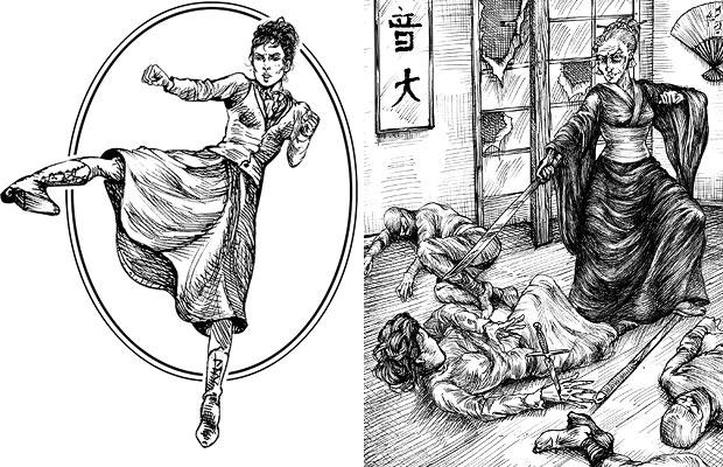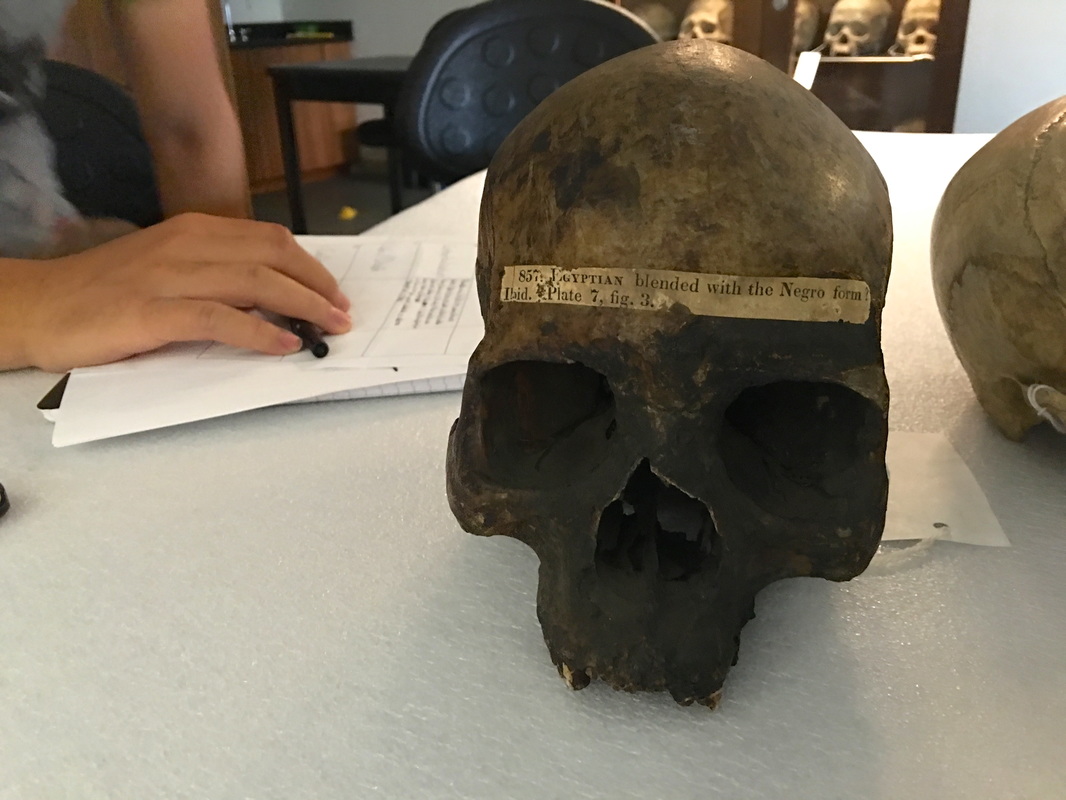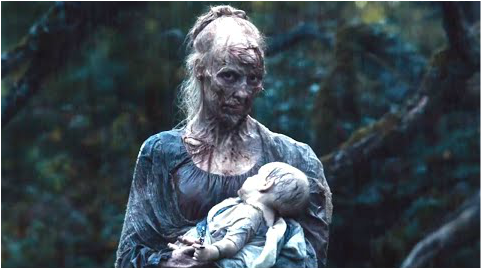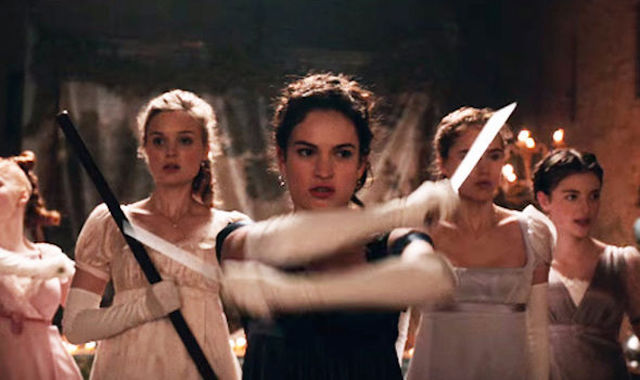Female Warriors and 'The Oriental'.
While it’s reasonable for one to assume that the opportunity to study martial arts is a privilege of the noble class, these women's new fighting abilities are only tolerated by the nobility as a necessary evil. Even under the threat of attacking zombies, women are still held to a particular level of decorum and manner. This complex attitude towards female warriors underscores the prominence of gender inequality in the film.
Flawed Depiction of China-Western Relations.
Great Britain, along with many other European countries and westernized Asian countries, forced the historically self-sufficient agricultural empire to open its gate and pushed China into the trend of global trade. The weakened Chinese empire had no choice but giving away its land and sovereignty after several unsuccessful attempts at fighting back.
Foreign missionaries and businessmen swarmed into China to spread "civilization" and seek their fortunes. Encounters with Chinese culture were usually described as modern civilization converting the primitive, mysterious, and incompetent doctrines of the Chinese. If we keep this historical background in mind, the appreciation of what is referred to in the film as "Oriental culture" seems pretty out of place.
These two paradoxes--Orientalism and female empowerment in the early 19th century--both have the potential to escalate the original story to a deeper level of inquiry into gender and cultural privilege. However, the movie's directors don't seem to bother. Instead, Pride and Prejudice and Zombies easily focuses on dramatic battle scenes, while leaving these two threads unresolved.





 RSS Feed
RSS Feed